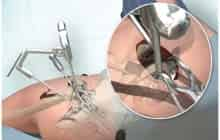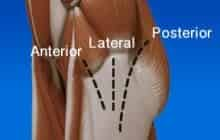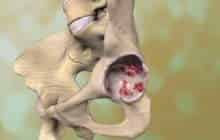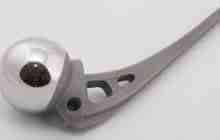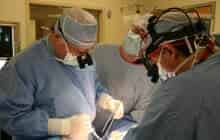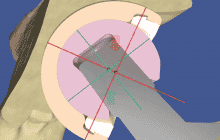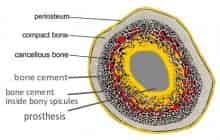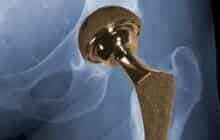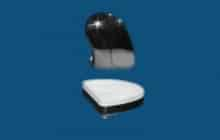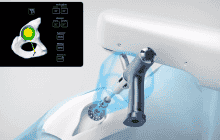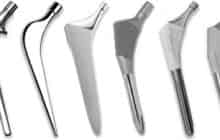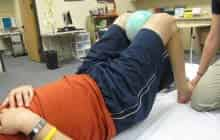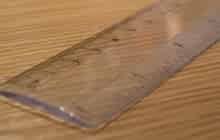Arthritis causes deterioration of the cartilage cushion in the hip joint. Once it’s bad enough, pain results from the bearing surfaces of the joint rubbing against each other any time movement is attempted. When cartilage is lost and a joint is “bone on bone,” the cartilage will not grow back. The arthritic joint will only continue to worsen. Total hip replacement surgery involves replacing the damaged portions of the hip joint with a synthetic implant.
The hip is a ball and socket joint. During surgery, the femur (thigh bone) is prepared to accept a new ball joint and stem. A synthetic cup and liner will be placed in the pelvic bone to forum the new socket. Once recovery is complete, the joint should function normally again with little or no discomfort. The design of the implant offers you renewed stability and function. Hip replacement surgery has a very high success rate, and it can offer incredible quality of life improvement for most patients. Your doctor may recommend a total hip replacement if you have damage to the joint surfaces and pain that physical therapy, medicines, and exercise doesn’t help.
More than 450,000 hip replacements are done each year in the USA alone. It is not only a successful procedure in the US, but all over the world. As you consider the option to have a hip replaced, we believe patients should seek out as much information as possible on the mechanics of the joint and all options available for treatment. BoneSmart offers unbiased information to help you on our website, a forum to address your specific questions, and an annual Joint Replacement Awareness Day in May to help you make the right decision for you about hip replacement surgery.



